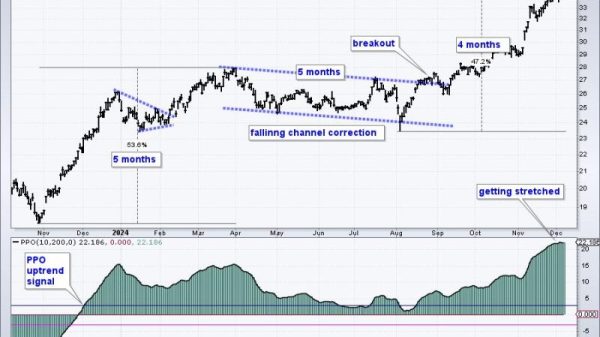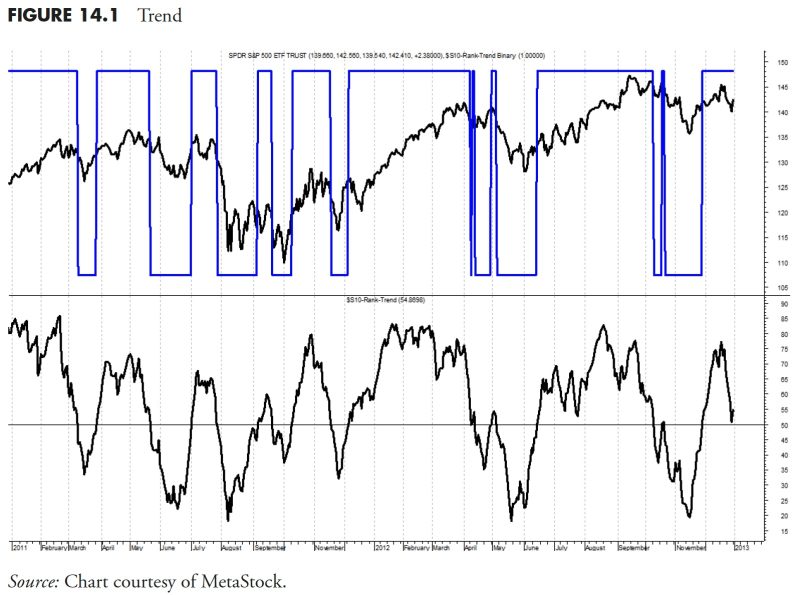In the realm of finance and investment, the concept of rules-based money management plays a crucial role in guiding decisions and strategies. The security ranking measures employed in this approach serve as essential tools to effectively evaluate and compare investment options. By utilizing specific criteria to assess securities, investors can make more informed decisions that align with their financial goals and risk tolerance.
One of the fundamental aspects of security ranking measures is the consideration of various quantitative factors. These factors often include financial metrics such as earnings growth, revenue trends, profitability ratios, and valuation multiples. By analyzing these quantitative indicators, investors can gain insight into the financial health and performance of a security, which can inform their investment decisions.
In addition to quantitative factors, qualitative considerations also play a significant role in security ranking measures. Factors such as industry trends, competitive positioning, management quality, and regulatory environment can impact the long-term prospects of a security. Incorporating qualitative analysis alongside quantitative metrics provides a more comprehensive view of the investment landscape and helps investors make well-rounded decisions.
Furthermore, security ranking measures often take into account the relative strength of a security compared to its peers. By benchmarking a security against others in its industry or asset class, investors can identify outperforming securities that may possess competitive advantages or unique value propositions. This comparative analysis helps investors identify securities with the potential for strong performance and risk-adjusted returns.
Risk management is another critical component of security ranking measures. Evaluating the risk profile of a security involves assessing factors such as volatility, correlation to broader market indices, and potential downside scenarios. By incorporating risk considerations into security ranking measures, investors can build portfolios that are well-diversified and aligned with their risk tolerance and investment objectives.
Moreover, security ranking measures often incorporate a forward-looking perspective, taking into account growth prospects and catalysts that could drive future performance. By analyzing industry trends, macroeconomic indicators, and company-specific factors, investors can identify securities that are positioned to benefit from future opportunities and navigate potential risks.
Ultimately, security ranking measures serve as a valuable framework for investors to evaluate and compare investment options systematically. By considering both quantitative and qualitative factors, benchmarking against peers, emphasizing risk management, and adopting a forward-looking perspective, investors can make informed decisions that support their long-term financial objectives. Incorporating security ranking measures into a rules-based money management approach can provide structure, discipline, and clarity in navigating the complexities of the financial markets.


























